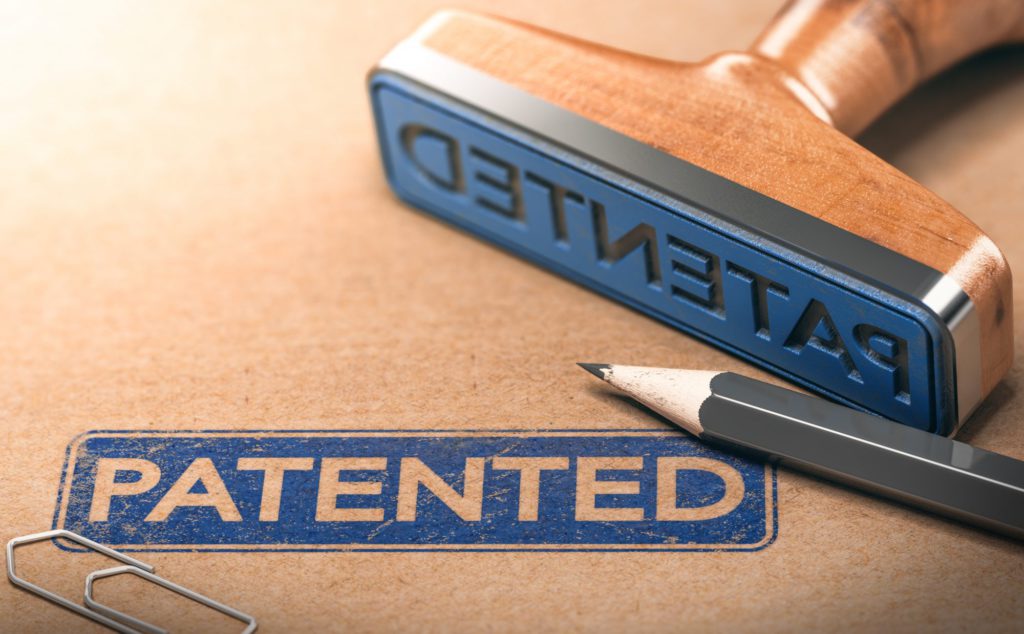If you would like to know how to get a design patent, this article will provide you with an overview of patent application. Both a design and utility patent can be obtained for a single article, as long as the invention is embodied in its usefulness as well as in its decorative appearance. While utility patents can be obtained on novel, useful, non-obvious inventions, design patents are not directed to the utility; instead, they are directed to the ornamental appearance of the commercial article. Both design and utility patents can be obtained for your invention, as long as it is both new in structure, function, or composition, as well as its appearance.
A design patent gives the holder the right to prevent others from making, using, or selling an article so similar to the patentees article that an ordinary observer would buy an infringing article thinking that it was the patented article.
Because the protectable design is expressed through appearance, design patent applications can relate to an article’s configuration or shape, surface ornamentation, or the combination of configuration and surface ornamentation. Unlike in a utility patent application, in which a claim describes the invention in lengthy written disclosure, claims in design patent applications protect the general visual appearance of the design, described in drawings.
To be eligible for design patent, the subject matter must be novel, meaning no single, identical design exists in the prior art, must meet ornamental standards, and must be original to the inventor or inventors seeking protection. Protected means the entire concept of the design must qualify as wholly original, not merely its appearance. The design of a work does not need to be utilitarian, since a work is decorative, rather than utilitarian.
The design of the creation The creation also has to satisfy requirements for novelty and non-obviousness. First, one needs to think about whether or not the objects design is patentable. First, one should identify which decorative features in the patented design are not shown in the prior art, and if any of them are suitable to the product claimed as infringement.

The tangible object still needs to satisfy the patents subject matter requirements, since the design needs to be inseparable from the object it is attached to. The title of a design must define the practical thing into which the design is embodied.
The key point here is that titles should be something the audience will experience as a design, if at all possible.
This is also called the “References Cited” part, which is required part of each patent filing, is citing to any prior art on which the examiner relies in making his or her determination whether the subject matter or the design should issue. If an examiner has rejected a claim in an application, the applicants generic assertion that a claim is patentable, without specifying specifically how a design is patentable in light of the prior art, does not meet the rules. Design patents cannot claim priority to an applications provisional patent. Requests for Continued Examination (RCE) may be filed only in applications relating to utility or plant patents.
Foreign prioritization can take place on a utility patent application for a period of one year from first filing to any nation that is party to the Paris Convention, while a design patent application takes six months. For design applications filed on or after 13 May 2015, the patent term is 14 15 years from issue, with no renewal or maintenance fees required. If you are having difficulty getting a Utility Patent Application approved, filing a design application does not help protect your inventions function.
It may even make sense to file both a design and utility patent applications, a two-pronged approach, to protect both the ornamental and functional features. Protection is limited in comparison with utility patents, filing a design patent application might be worth it if you are looking to prevent others from selling copies and imitations very similar to your patented products. If you have several designs that you would like to protect, just keep in mind that you will have to file a different patent application for each and every unique design.
You will want to make sure you are working with a Patent Attorney and draftsman so you can claim your invention correctly, and lay out what aspects of it you would like to protect. If you choose to go it alone, you will want to work with a professional Patent Drafting Firm like us to draw your patent. The costs are moderate, and because of the USPTOs very specific requirements, we can help you avoid having your application rejected on technical grounds related to your drawings.
It does require a bit of legwork to get it all worked out, and some risk you may do things wrong, but the potential savings are worth it over going through a patent lawyer or agent. That said, mistakes can be expensive, particularly if you take a substantial step toward getting your design patented, and the U.S. Patent & Trademark Office denies your design patent application, then you would need to hire an attorney to review all of what you already did, then make changes to your filed application. Next, you will have to pick out the correct kind of patent that you need for your clothing line.
The office will only accept colored drawings on applications for patents on utility or design patents, as well as on registrations for inventions based on law, upon approval of a motion filed pursuant to this clause explaining why the colored drawings are needed.
